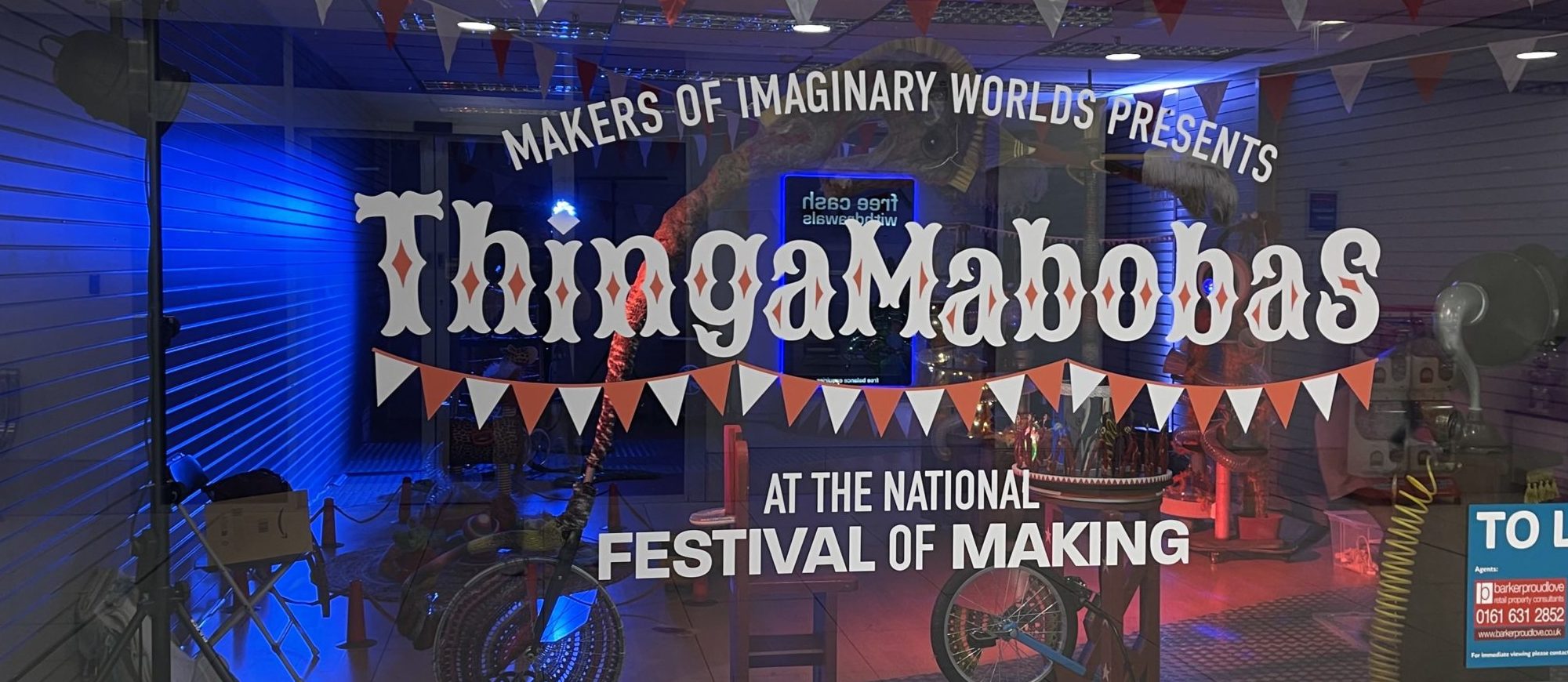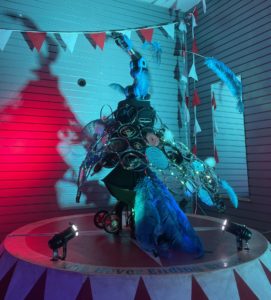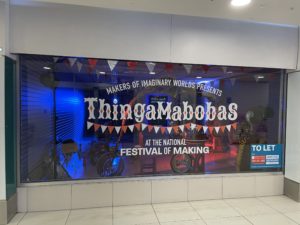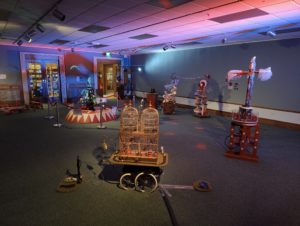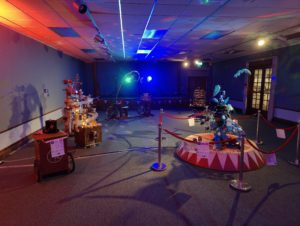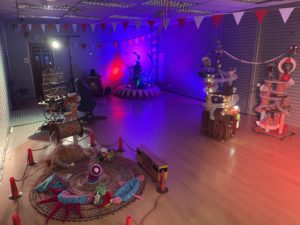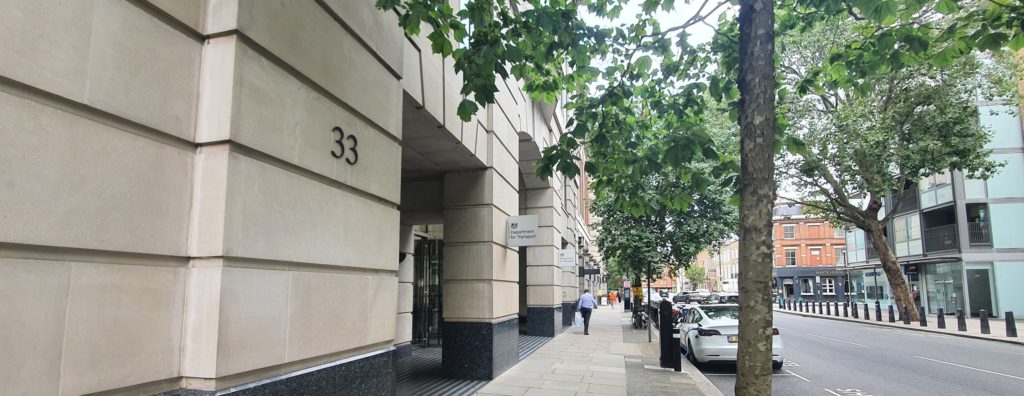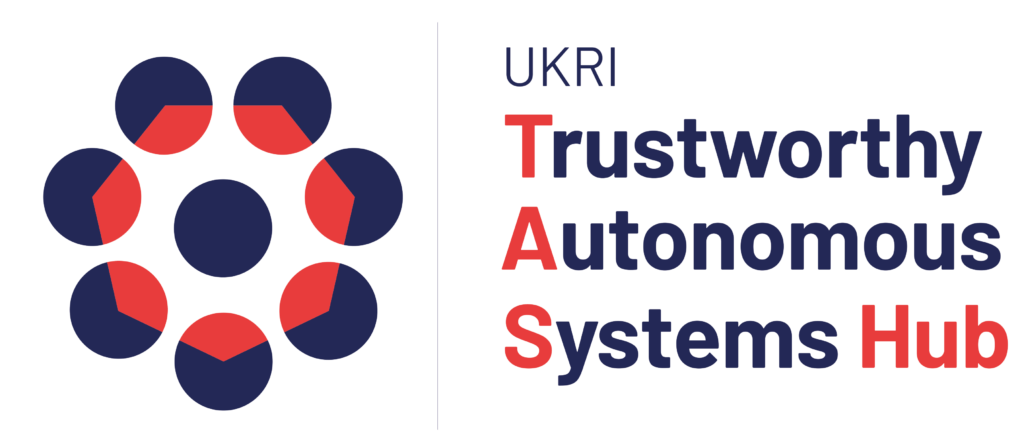post by Favour Borokini (2022 cohort)
I officially began my placement with Digital Catapult, or DC, as rather affectionately I think, it is referred to by Digital Catapult staff and me, eventually, now, in April 2023. Although the Horizon CDT Placement is meant to take place over the course of three months, there is quite a lot of flexibility regarding its duration and structure. In my case, my key contact at my Industry Partner, Dr Aki Jaarvinen, was of the view that my research would greatly benefit from a two-part placement since I was so early in my research. I would spend a month visiting DC offices in London between May to June 2023, familiarising myself with the DC team and their work, especially the Immersive team and then, as my research progressed, return in December through March 2024 to complete the rest of the placement having learnt in the first part, how best suited DC would be to support my research and give me the opportunity to learn what life in the industry was like.
My PhD with the Horizon CDT wasn’t my first time engaging with DC though. Back when I was in Nigeria and working in tech policy research, I had come across a LinkedIn vacancy for a Responsible AI Ethics Officer position at the organisation that I was highly interested in and tried to apply for and in a bid to learn more about the role and DC, I got in touch with Cecilia Nunn, a member of the DC AI Ethics team. Unfortunately, due to certain visa restrictions, I was ineligible for the position – visa restrictions being a rather remarkably persistent thorn in my flesh, ever since I began to work in international tech policy research.
When some months after this interaction, Andrea confirmed to me over Teams, while I wondered if it was really happening, with my primary supervisor, that she would be issuing my Letter of Acceptance, I perhaps misunderstood what she meant about the industry partner as I interpreted something she said to mean that my admission was contingent on finding an industry partner to support my research.
I made a long list of potential industry partners, organisations working in VR or technology policy and similarly related spaces and sent lots of cold emails. Some people responded, usually positively but the vast majority did not. One of the latter was Digital Catapult, or so I thought. What had happened was that Cecilia forwarded my email to Aki, who as a technologist is involved with the Immersive Lab activities and who, I suppose found my research interesting enough at the time and emailed me, and the rest is history. Some other visa application issues meant that I wouldn’t actually meet Aki in person or visit Digital Catapult till April the following year.
Beginning the Placement
When I first visited DC, I was struck by quite a number of things. There was the view, of course, through which one could watch Londoners milling ant-like between DC and the towering buildings on one side and the architectural marvel that was the British Library on the other. The offices themselves were quite airy and brightly lit, which I am fairly certain in no small way contributed to the overall friendliness of the team as I mentioned to Dr Oliver Butler, my primary supervisor, DC felt like a great place to work. This feeling would come to be validated several times during my placement, as I observed how tightly-knit and warm the Immersive Lab team and other teams interacted amongst themselves and with me.
During the first part of my placement, I was introduced to the team including Kerwyn Dyte, the Immersive Lab Manager, Rachel Thuo, a Junior Technologist with the Immersive Team, and Jessica Driscoll, the DC’s Director of Immersive and participated in a number of activities at the lab that got me thinking about some of the ways immersive technologies can remarkably transform our lives. Some of my ideas were admittedly, rather comical(ly dystopian) – plastic surgeons for avatars/digital twins for instance, mind uploading for exercise purposes (drawing from former Horizon CDT student, Dr Angela Thornton’s research) but working with the team and merely observing their sparked my more imaginative side. Rachel and Kerwyn strongly encouraged me to watch Dark Mirror.

DC’s position as a member of the UK Catapult network meant they interacted with a huge number of stakeholders including policymakers and stakeholders, such that by the end of the first part of the placement, it became quite apparent to us that it would be in our mutual interest for me to hold a series of workshops relying on their network and support.
When I began my research, and what perhaps prompted the introduction to Aki, my interests were specifically geared towards creating an ethics framework for virtual reality harms, however as my research progressed, I quickly realised that what I was most interested in were avatars and afrofeminist ethics concerns in their design and use. This change thankfully did not prove too challenging to my industry partner, and with their assistance and support, I successfully organised three workshops with over 20 participants in London and Bristol between December to June.

Lessons Learnt
There were quite a few distinctions between the industry and academic approach. For one, academic research proceeds much slower and I sometimes had to juggle required modules within the CDT and Law school, sometimes missing a couple. Ethics approval requirements meant that I couldn’t run workshops as quickly as I hoped and I was often quite surprised at the speed the Immersive Lab team worked, often beginning and wrapping several projects seemingly at light speed. To work with the very busy people at DC, I had to strike a balance, sometimes needing to write module convenors to be excused on certain days, a skill I think every multitasker should have. I also quickly realised that note taking was very important to keep track of all that needed to be done, so I recorded my industry partner supervision meetings with my primary supervisor dutifully as well.
I was also constantly floored and humbled by the DC team’s interest in my research and their willingness to give up their time and resources and the invitations to participate in various internal and external networking and knowledge-sharing events from Jessie and Aki and occasionally team members I had never even met. It has often been observed that workplaces that refer to themselves as families often turn out to be the farthest thing from family, but somehow, despite not ever once in my hearing referring to themselves as family, DC turned out to be a really interesting place to work.
Perhaps most importantly, working with DC and DC’s network helped me re-engage with the ludic element of technology design and meet with real people across the industry who want to create pleasurable, diverse experiences. I think very often in the tech policy and responsible innovation, elements of escapism and pleasure and leisure (pleisure?) get overlooked and ignored in favour of concepts like justice and equity. But what justice without fantasy and speculation and futurism and fun? My conversations with the team and Rachel especially have motivated me to take an interest in why people love and are interested in immersive technologies, beyond simply designing an ethics toolkit for better design.

Aki’s definition of the metaverse as an imaginary and narrative of different types of technologies and interfaces of a futuristic type of digital interaction is probably the best, most wholesome definition of a space it is rather de jour to deride.
PS
In July, I visited DC again to return a headset I had been loaned by the Lab and spoke with Kerwyn about working with DC again as my research continues to progress. I hope the opportunity arises again. I’m really thankful to Kerwyn, Rachel, Jessie, Aki, Iulia, Nicole, Chris, and Chris, (there are two Chrises!), as well as Cecelia and Chanell, for speaking to me about and supporting my research.
* Delay is not Delilah is a humorous Nigerian perjoration of the phrase, “Delay is not denial”.


